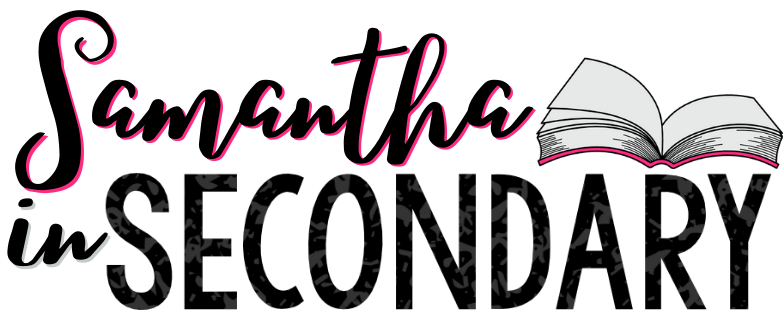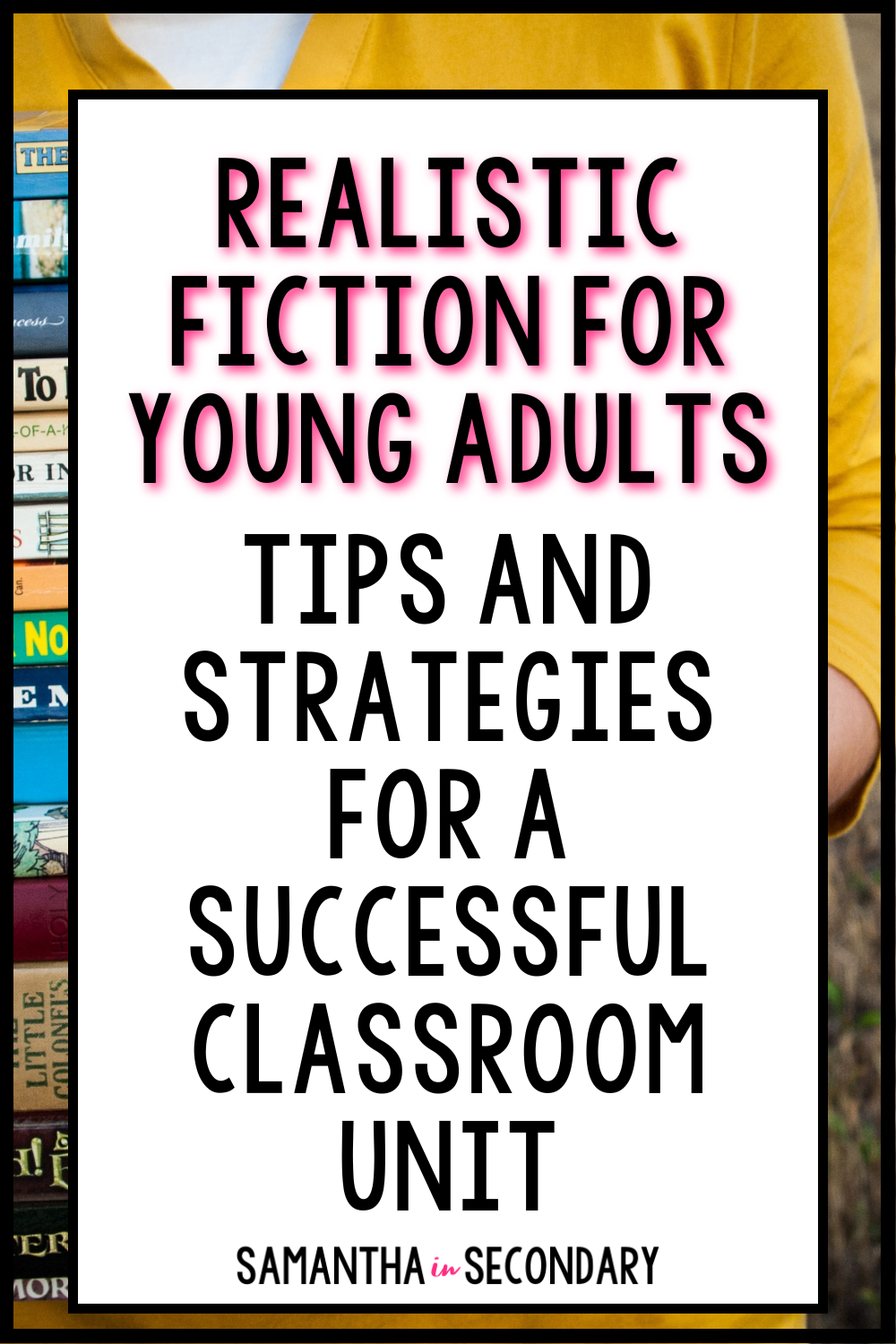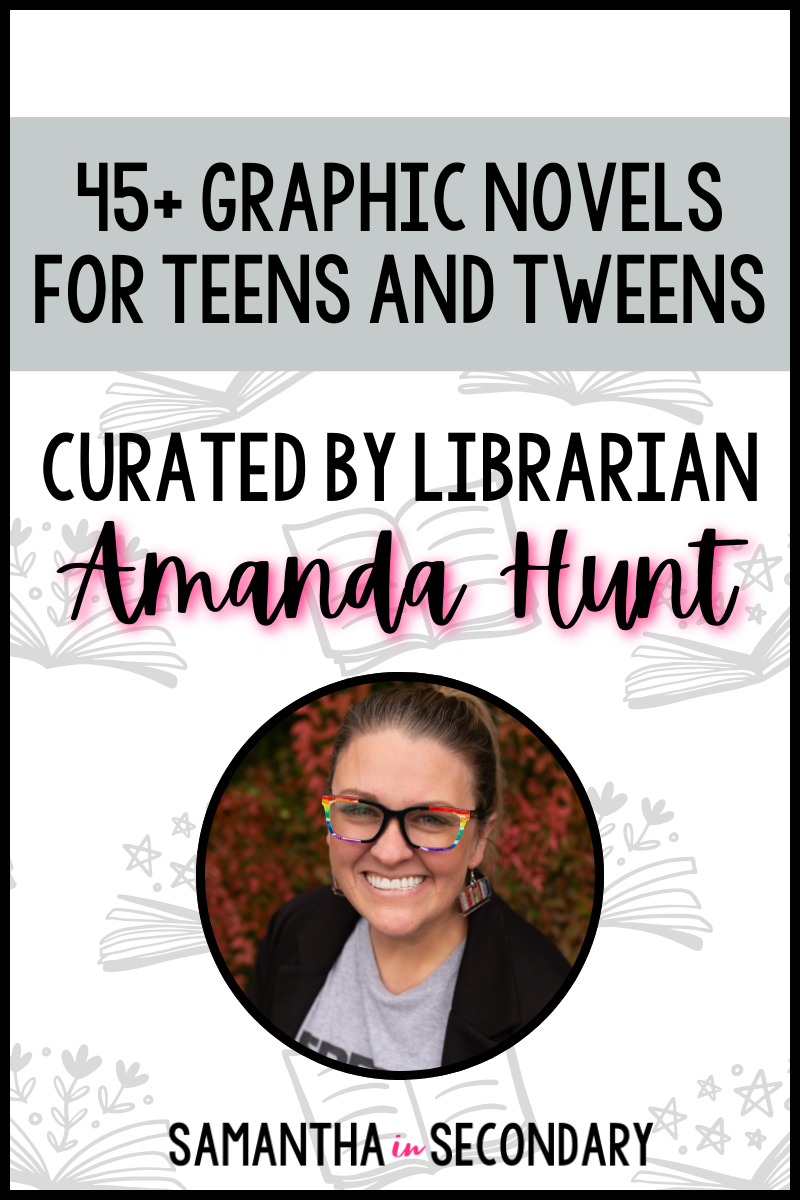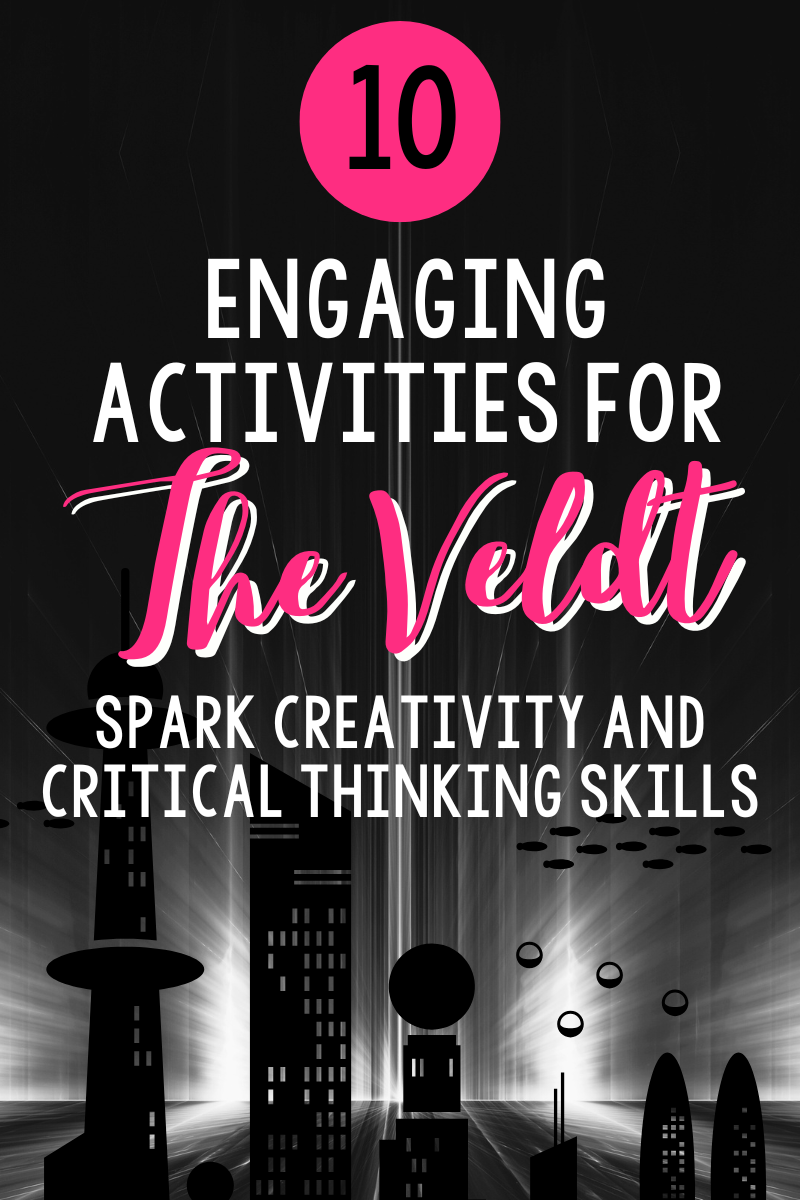Looking for “The Veldt” activities that spark critical thinking and creativity in your classroom? Ray Bradbury’s “The Veldt” is an unforgettable science fiction story that dives into the fascinating and sometimes chilling role of technology in our lives. With its gripping narrative and complex themes, this short story provides a wealth of opportunities to engage students in meaningful discussions about family, human nature, and the unintended consequences of overreliance on technology.
If you’re ready to bring critical thinking and creativity to your secondary ELA students, these “The Veldt” activities are the perfect way to explore the story’s rich themes and big ideas. From analyzing its futuristic setting to crafting creative responses inspired by the text, these activities are designed to make the learning process engaging, thought-provoking, and fun. Whether you’re using the story to explore the science fiction genre or to spark a broader conversation about technology and humanity, these ideas will help you get the most out of this powerful text.
Let’s dive in and discover how you can use these “The Veldt” activities to inspire critical thinking and creativity in your students!
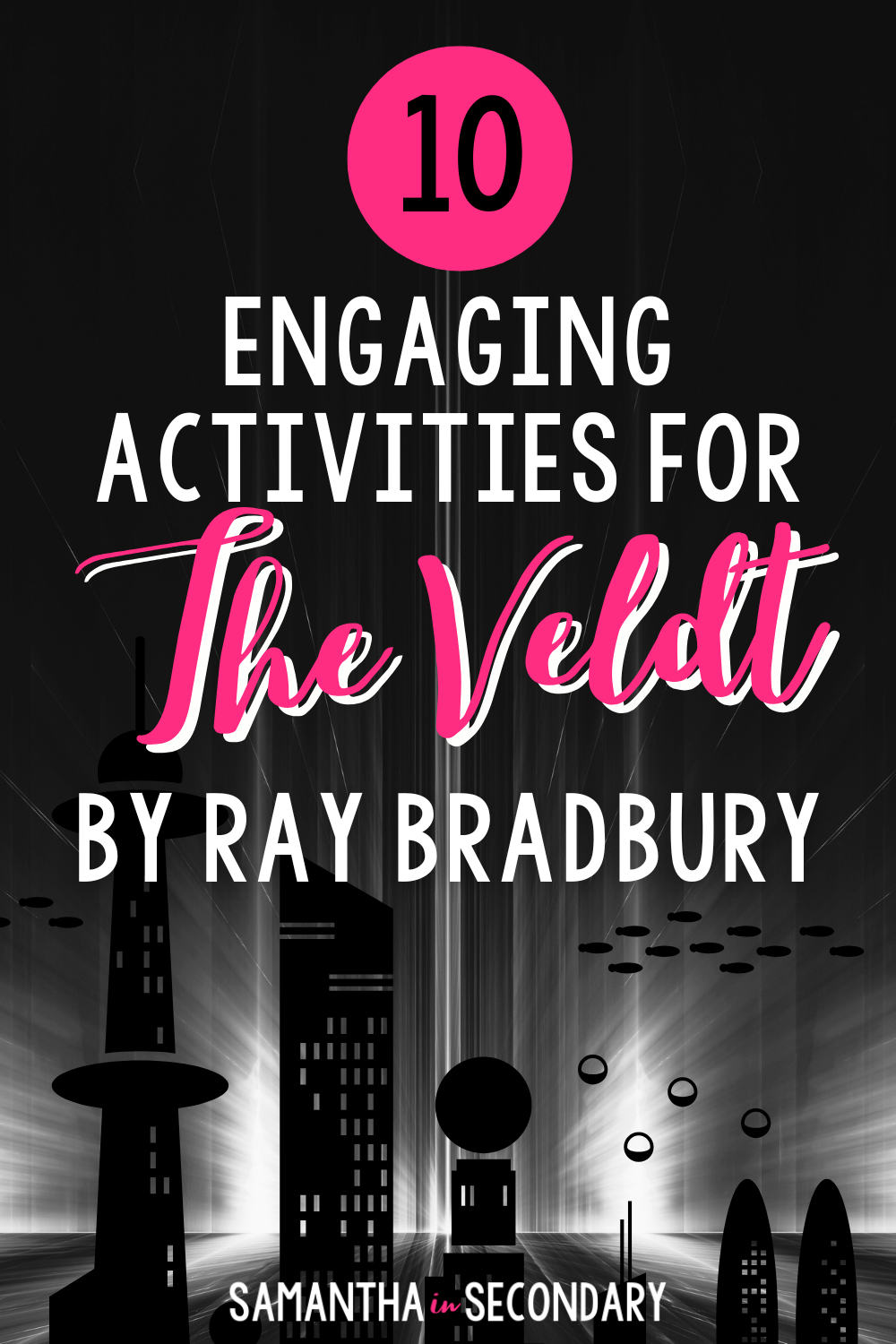
Summary
“The Veldt” tells the story of a family living in a futuristic house known as the Happylife Home, which is equipped with advanced technology designed to cater to their every need. The story centers on George and Lydia Hadley, parents who begin to feel that the technology in their home, particularly the highly immersive nursery room, is replacing them in their children’s lives. The nursery, a virtual reality space that responds to the thoughts and emotions of its users, has become the primary focus of their children, Wendy and Peter.
Concerned about their growing dependence on the nursery and its increasingly unsettling depictions of an African veldt complete with prowling lions, George and Lydia decide to intervene. They begin to question whether the technological conveniences of their home have robbed their family of genuine human connection and discipline. However, their children, fiercely attached to the nursery and the control it gives them, resist their parents’ efforts to reclaim authority.
As the tension within the family escalates, the nursery becomes a chilling metaphor for the consequences of unchecked technological reliance and the erosion of familial bonds. The story reaches a shocking and tragic conclusion, leaving readers to grapple with its cautionary themes about technology, parenting, and human nature.
Why Teach These “The Veldt” Activities

In our fast-paced world of advancing technology, “The Veldt” fits seamlessly into discussions about the role of tech in our lives, offering countless avenues for exploration. What technology can we not live without? Are we too dependent on technology, or at what point does reliance become harmful? Are some people better equipped to handle technology than others, and how much of that is influenced by age or generational experiences? How does childhood today differ from the experiences of students’ parents or grandparents, particularly in terms of technology’s role? These questions make “The Veldt” an excellent springboard for meaningful conversations, as its cautionary tale about dependence on technology remains as relevant today as when it was first written. It challenges readers to consider not only how technology shapes our daily lives but also how it influences relationships, authority, and human connection.
Engaging “The Veldt” Activities
Utilize any or all of these engaging activities when teaching “The Veldt”. They are all aimed at developing critical thinking and creative skills with your secondary ELA students.
1. Reflective Warm-Up Discussion
Begin your lesson with a thought-provoking question like, “What is one piece of technology you couldn’t live without, and why?” This activity sparks meaningful discussions and helps students connect personally with the story’s themes. You can use it as a springboard for any of the questions I’ve previously mentioned, and discussion questions can be formatted in a variety of ways. Try having the question listed on the board for bellwork, where students can think individually before participating as a group. You might also invite students to come up and write their answers on the board and then discuss as a class. This helps students connect personally to the story and consider prior knowledge before reading.
2. Genre Exploration: What Makes Science Fiction Unique?

This is a great activity for pre-reading. Guide students in exploring the defining characteristics of the science fiction genre. Challenge them to write a concise, 20-word summary of what science fiction is and how it connects to real-world issues. If you have students who struggle with being too “wordy” – this is an excellent option for practicing true summary skills.
3. Character Analysis Charts
Once you begin reading, have students create a character chart for “The Veldt”. Students will analyze the traits, motivations, and relationships of each character, citing evidence from the text. You can create a template for your students to use, or, encourage students to explore their own organization methods. This also makes an excellent study guide for any quizzes or final projects to use as a reference.
4. Setting and Its Influence
A great place to apply critical thinking skills is to ask students to analyze the futuristic setting of “The Veldt” and explain how the time and place influence the characters and plot. Setting sometimes is just glossed over as “the facts” of where and when a story is taking place. By taking it a step further and having students think about its influence, you are helping them unlock critical thinking skills.
5. Tone Mapping Activity
Have students identify specific phrases from the text that convey tone (e.g., dread, anxiety, or suspicion). Then, they can create a tone map with examples from the story to visualize the mood shifts within the story. Tone is also a tricky topic for some students, because you often need to read into the story and make inferences based on vocabulary, connotation, setting, etc. A lot of things need to come together to help students decide tone, so this is a great higher-learning activity.
6. Plot Diagramming Made Fun
Most students have seen a plot diagram. Turn the traditional plot diaphragm into an interactive activity. Students can visually map the story’s exposition, rising action, climax, falling action, and resolution using digital tools or art supplies. This also gives students an opportunity to think critically when they are looking for visual representations of their thoughts, rather than just filling in a plot diagram with a couple sentences and page numbers.
7. Conflict Deep Dive
Another place you can bring interaction to is in a discussion on the conflict. Discuss the central conflict in “The Veldt”. Then have students use a graphic organizer to break it into internal and external conflicts. Students can use a template, or you can have students create their own. You also can have students discuss how these conflicts drive the narrative.
8. Theme Exploration Through Group Work
Start with dividing students into groups. Each group will then identify themes in “The Veldt”. Each group presents how a specific theme, such as the dangers of overreliance on technology, is developed through the plot and characters. This is another great collaborative activity that students can use as study material for any larger projects, and it works on their summary and presentation skills.
9. Happylife Home Safety Manual Project
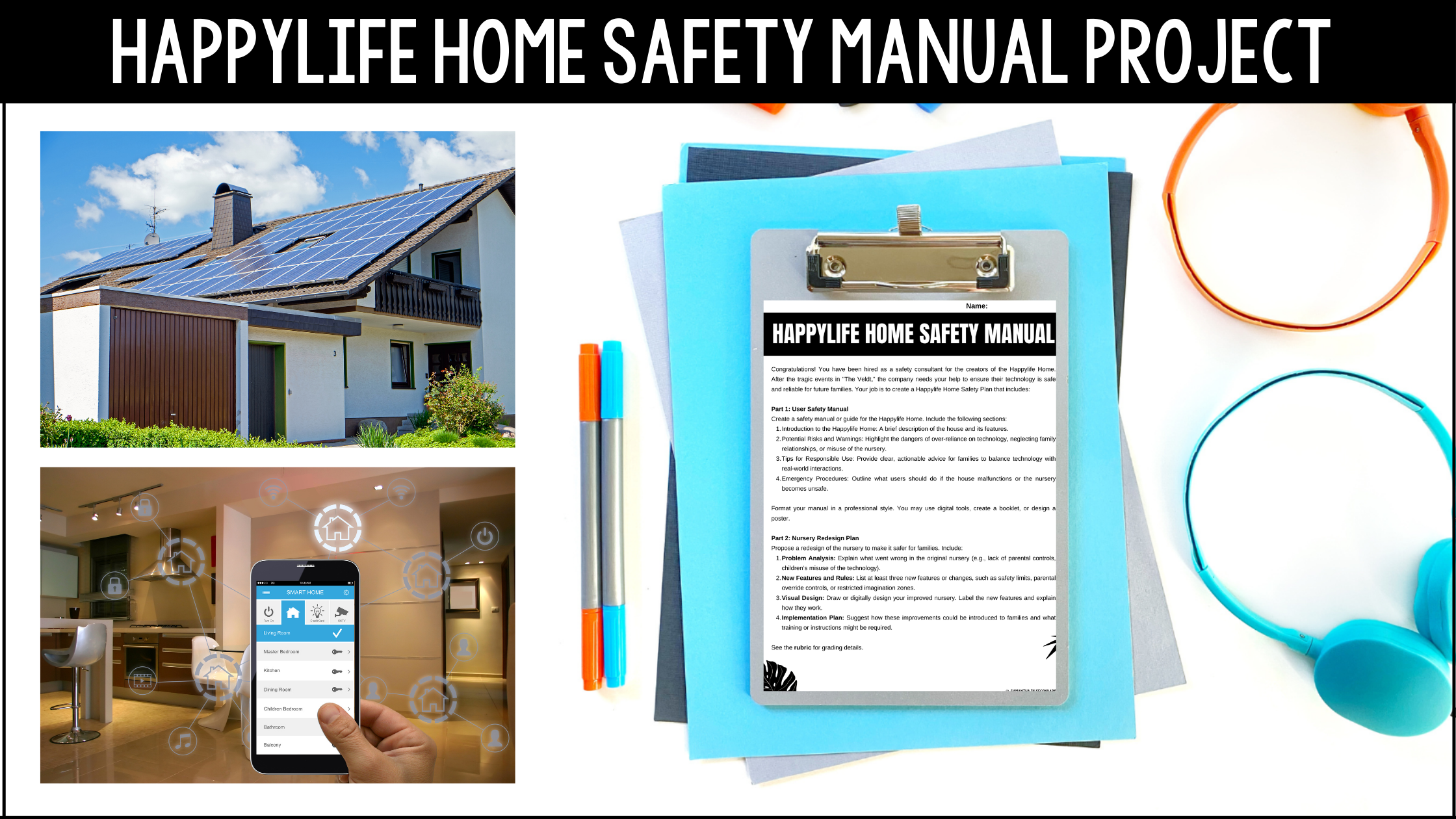
This is a great creative opportunity for students. Challenge your class to redesign the Happylife Home with a focus on safety. They can create a use manual or an illustrated guide to propose safer, more ethical technological advancements. This can be done digitally or with supplies in the classroom. Consider adding another layer to this activity by having each student or group of students to present their redesign to determine which “direction” Happylife Home should take.
10. Point of View Perspective Shift
Another creative activity is to shift the story to a different point of view. Ask students to rewrite a scene from “The Veldt” from the perspective of a different character. This might be the therapist, the children, or the nursery itself. This creative writing activity helps deepen the understanding of narrative perspective.
Want Done-For-You “The Veldt” Activities?
You can bring Ray Bradbury’s iconic short story to life with this all-in-one resource designed to enhance short story comprehension, response to literature, and critical thinking. If these “The Veldt” activities have sparked your interest, you can find them in this same resource – it is packed with everything you need to teach this short story effectively while engaging students in meaningful analysis and hands-on learning.
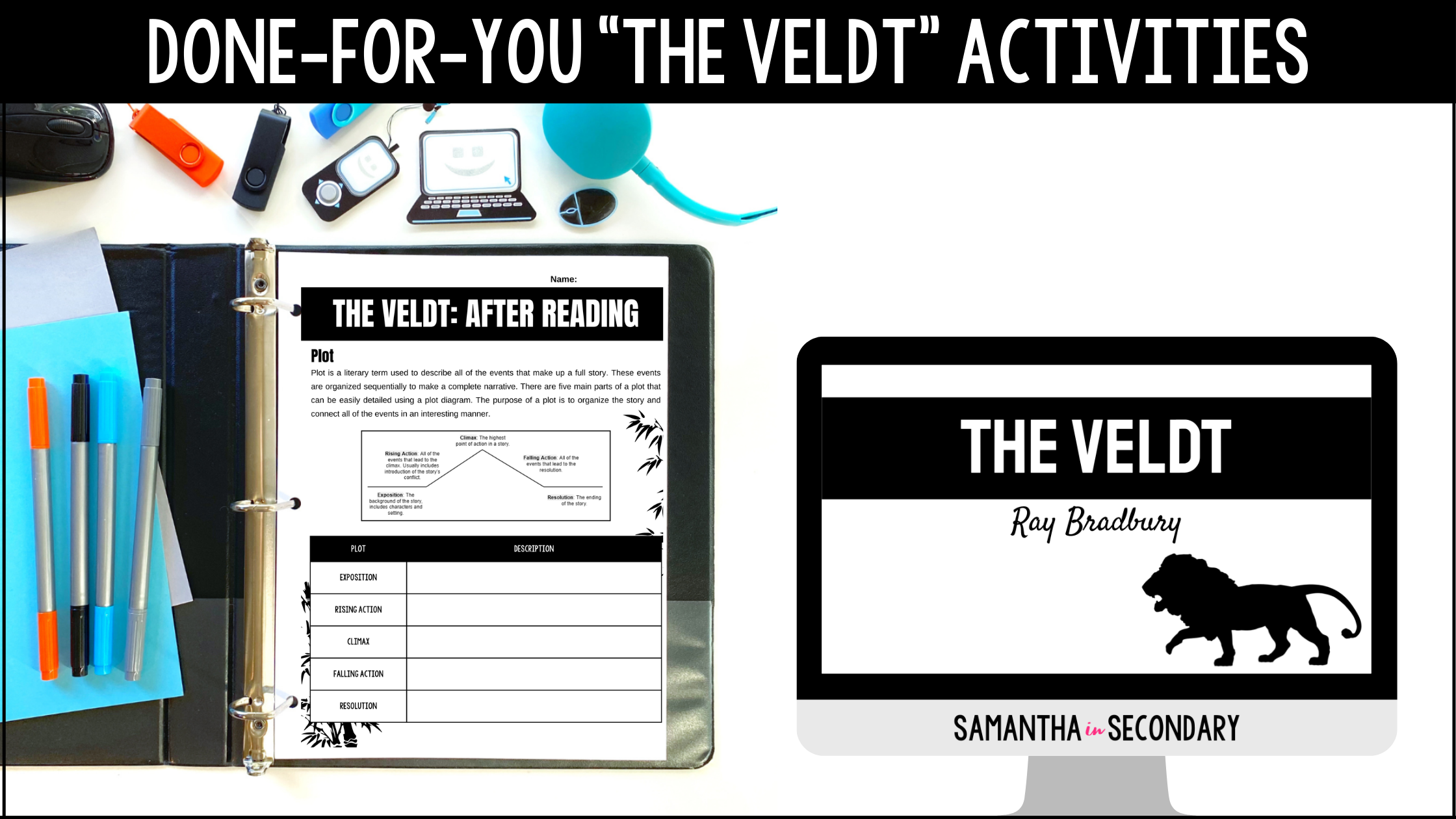
Ray Bradbury is a relatable author, even if students don’t recognize it yet! You can read my thoughts on Bradbury’s relevance here.
“The Veldt” remains one of my all-time favorite science fiction reads, not only for its captivating storytelling but also for the rich discussions it inspires about technology, family dynamics, and human behavior. Bradbury’s ability to weave a chilling yet thought-provoking narrative makes this story a timeless piece for the classroom. Whether you’re diving into themes of technological overreliance, exploring the psychological effects of virtual environments, or encouraging students to connect the story’s cautionary tale to their own lives, these “The Veldt” activities offer endless opportunities for critical thinking and creativity.
I hope these “The Veldt” activities help you spark engaging discussions and bring this powerful story to life for your students. What’s your favorite way to teach “The Veldt”? I’d love to hear your ideas!
Happy teaching!




